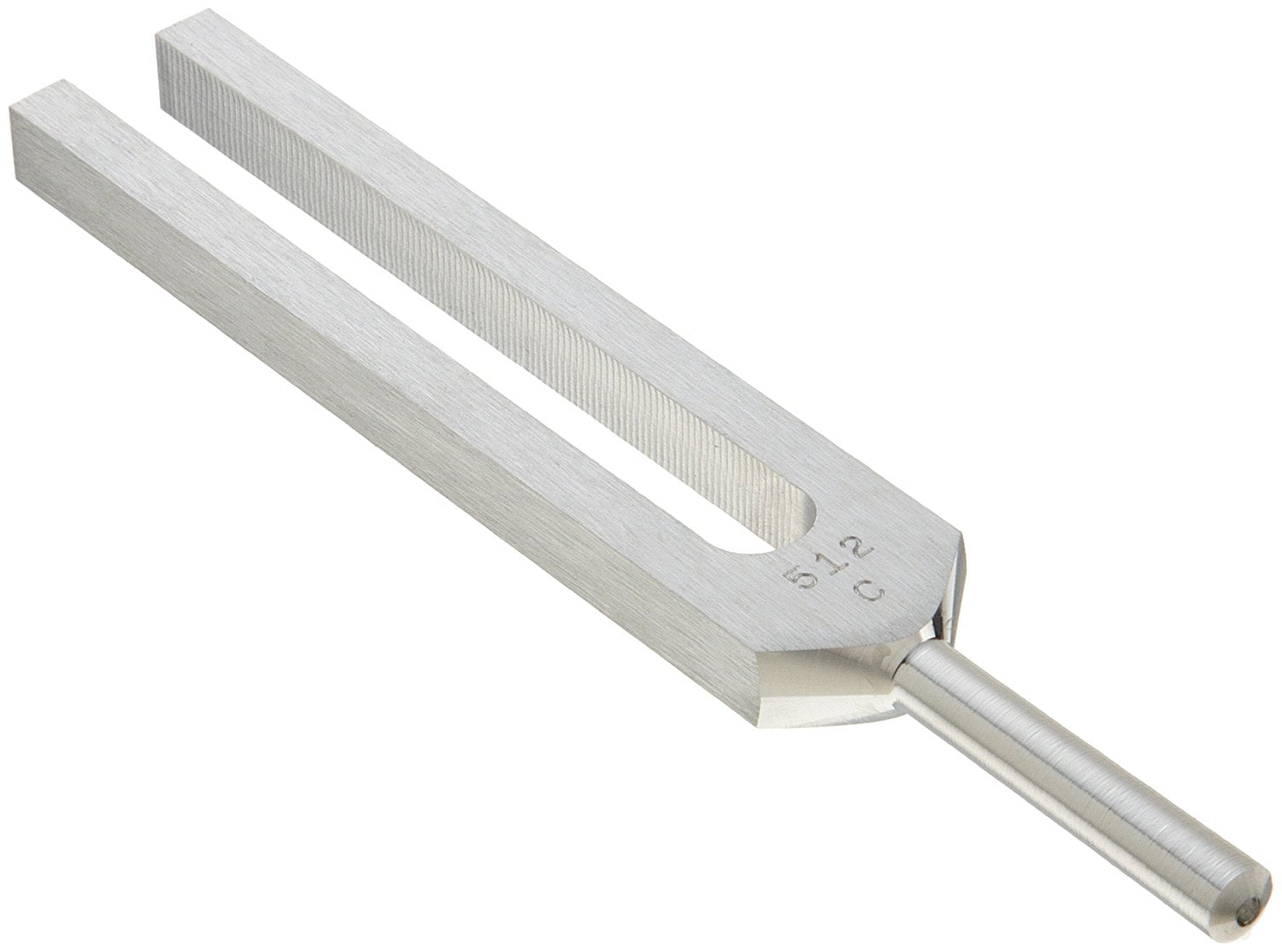

Mine is made in Germany by Wittner and cost less than six bucks. Hit it hard or hit it soft, the note is always the same. Tuning forks are cool because they are very small and cheap, easily fit in your guitar case or gig bag, and never run out of power. "Playing" a tuning fork is relatively easy: Taking care not to hold it by the prongs, you slap it against something hard like a tabletop - or even the bottom of your shoe - and then listen as it rings for about 5 seconds. Tuning forks, typically aluminum, consist of a stem (handle) and two prongs that form a U -shaped fork ( Figure 4-13 ). In 1876, Bell was able to use a battery, an electrified tuning fork and a cup of acidic water to transmit sound over an electric wire for the first time. Additionally, its molded ergonomic handle makes it comfortable to hold, and it also features color-coded O rings to easily identify each key. A top seller, this tuning fork is precision manufactured to provide amazingly accurate tuning. Tuning forks were even behind some of telephone inventor Alexander Graham Bell's earliest experiments. To kick off your search for a tuning fork, take a look at the D'Addario Planet Waves tuning fork. Today, the $3.5-billion Yamaha Corporation has a trio of tuning forks as their logo. What is tuning fork therapy It is a gentle and non-invasive acoustic therapy that helps to balance the energy of your body.

Young musicians were given gold-plated tuning forks upon successful completion of a conservatory exam. A U-shaped fork of steel first invented in 1711 by trumpet player John Shore, the tuning fork is a tool produces a specific note that helps musicians keep their instruments in tune. In portraits, choirmasters posed while brandishing a tuning fork. In concerts, Shore jokingly referred to his invention as a "pitch fork." Shore's device quickly became the must-have tool of musicians around the world. The device was first invented in 1711 by John Shore, a trumpet player working for the British Crown.


 0 kommentar(er)
0 kommentar(er)
